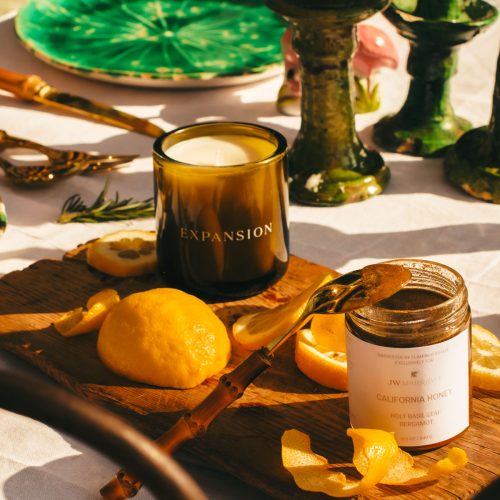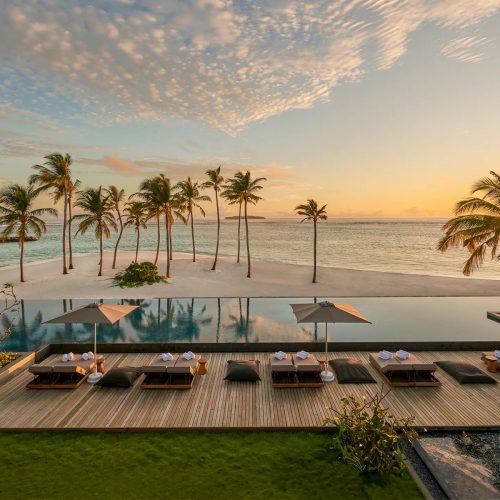

Designer Mircea Anghel Opens His Portugal Studio for an Exhibition of Gravity-Defying Works
On view through August 31, the exhibition features the designer's most significant furnishings and artworks, including new sculptures soon to be displayed at Dior
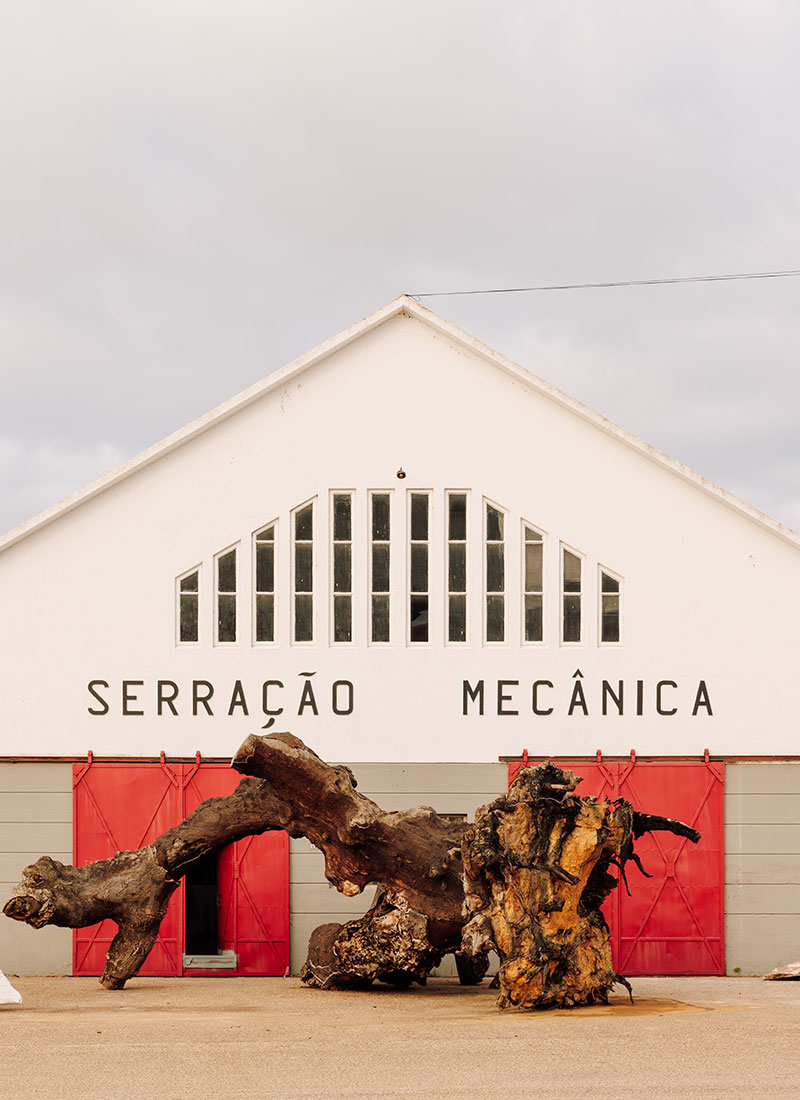
Mircea Anghel's workshop in Comporta, Portugal. Photo: Francisco Nogueira, Courtesy of Mircea Anghel
Among an impressive display of work currently on view at Mircea Anghel’s country campus, is a black iroko wood table more than 20 feet long. It is both heroic and insane—as much a daring sculptural experiment in balance as a piece of furniture. “It couldn’t be done in many materials,” says Anghel of the extreme length of its top, which continues unsupported and many feet onward from its structural base. “Iroko has very little movement in it, so the piece won’t ever warp. In oak? It could turn into a disaster over time.”
Born in Romania but a Portuguese resident since his mid-teens, Anghel thinks big in every way. Once home to the Herdade da Barrosinha, where rice was husked and wood was milled, the massive campus (which retains the name) is about an hour away from the capital city of Lisbon, and near to the ultra-chic seaside resort of Comporta. In total it covers a number of acres and is dotted with buildings—a school house, a saw mill, a bark-stripping shed, a number of tiny houses—which once comprised a rural community.
The saw mill itself is 16,000 square feet, and its old machinery still functions. Inside even larger bark shed, Anghel is currently hosting an exhibition of his work, opening the doors of the studio to the public for the first time.
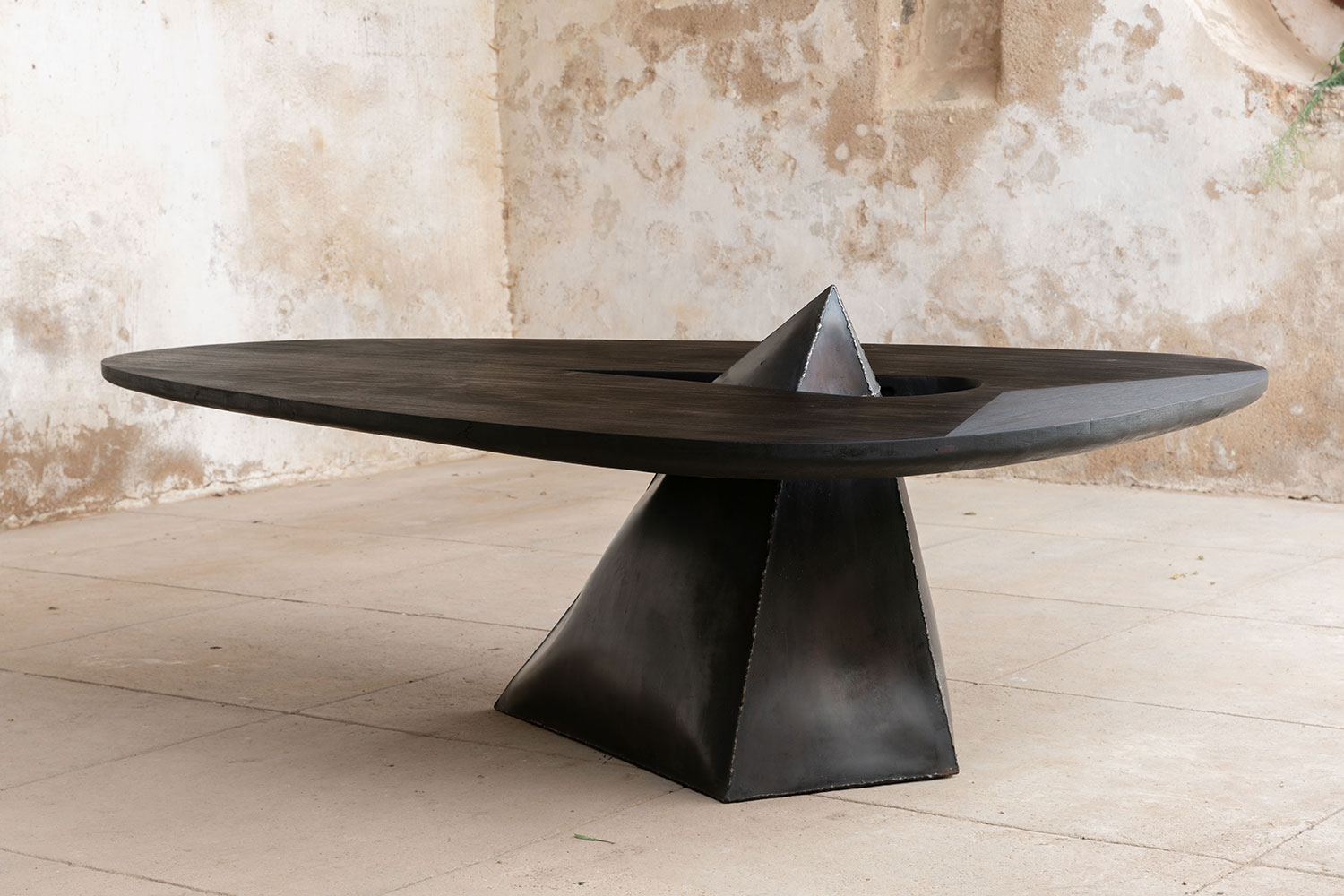
Lose Control table by Mircea Anghel. Photo: Richard John Seymour, Courtesy of Mircea Nogueira

Inside Mircea Anghel's workshop in Comporta, Portugal Photo: Francisco Nogueira, Courtesy of Mircea Anghel
As Anghel darts around his domain in a checked shirt and dust-caked shorts, it’s hard to imagine him as the hedge-funder he once was. These days he rarely even wears shoes. “I’ve always loved mathematics,” he says. “But now I apply it to the work I do here. Every piece we create demands a sequence of problem-solving moves.” For the Democratic table, a large and gently curved top made in the specially selected Albrizia ferruginea wood rests on a sphere composed of marble and charred wood that allows the top to tilt. Apparently unstable, it can be made static with a simple plug. “It’s all about logic and geometry,” says Anghel. “And of course it’s all about balance.”
“I’ve always loved mathematics, but now I apply it to the work I do here”
Mircea Anghel

Democracy table by Mircea Anghel. Photo: Ike Ferreira, Courtesy of Cabana Studio
Now 35, Anghel used to make furniture in the street after work, selling it for just 100 euros. His renown and prices gradually increased, and eventually he set up the design studio Cabana in 2015. Regular clients include the French architects Studio KO, who designed the Yves Saint Laurent Museum in Marrakech, London’s A-list Chiltern Firehouse Hotel, and this year’s Uzbekhistan pavilion at the Venice Biennale.
Anghel points out a crystalline block of glittering white granite that he is currently fashioning into a bench for a spa that Studio KO is designing for a new hotel in Comporta. Like much of Anghel’s work, the bench is both luxurious and dangerous, its surfaces left tantalizingly rough and it’s polished seat taking up just a fraction in the middle of the huge hewn piece. “Stone is a very feminine material,” says Anghel. “It’s subtle. You have to work with it very carefully, and then you get results. It gives back.”

Mircea Anghel's workshop in Comporta, Portugal. Photo: Francisco Nogueira, Courtesy of Mircea Anghel
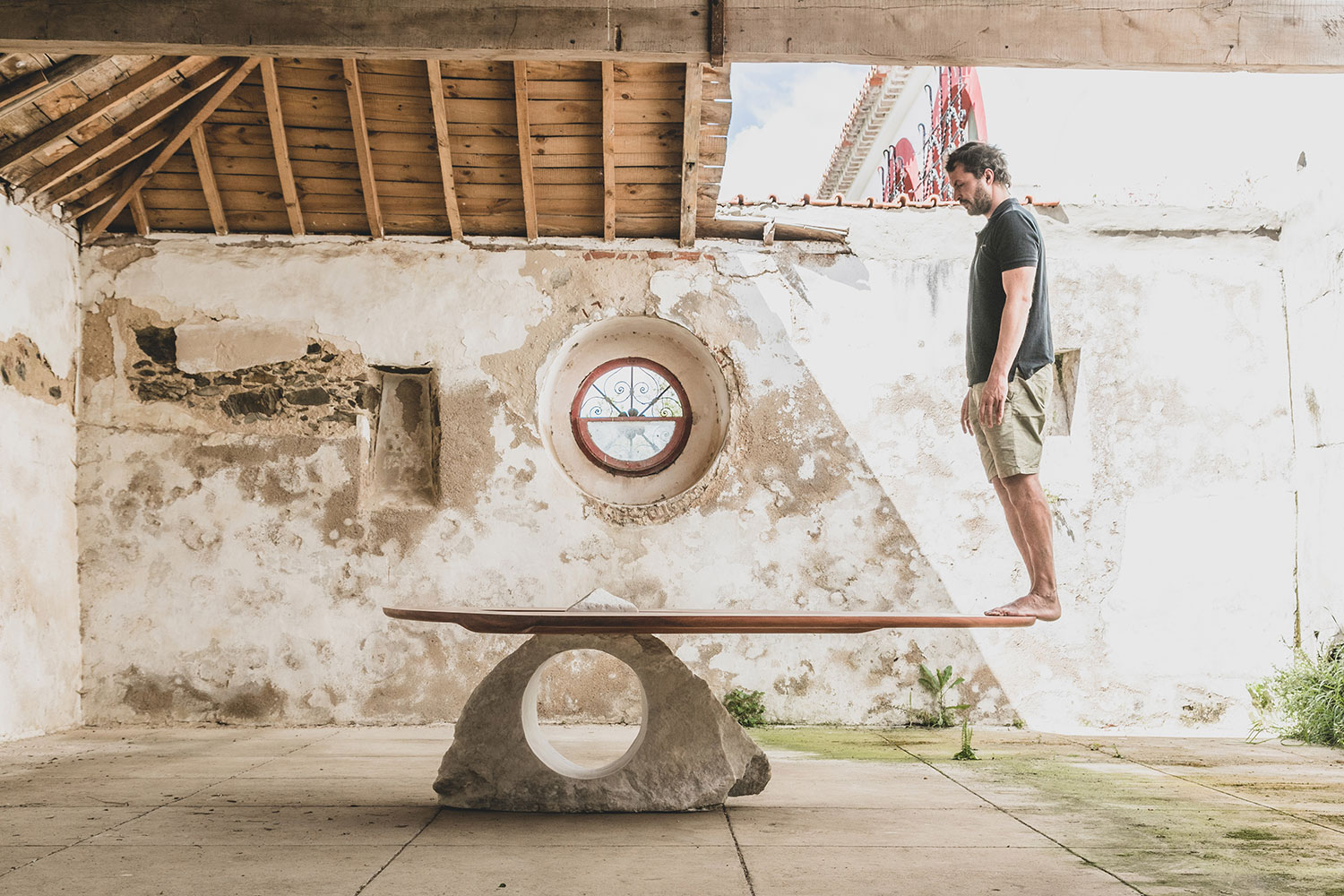
Pico Rosa table by Mircea Anghel. Photo: Manuel Moniz, Courtesy of Mircea Anghel
In the bark shed, alongside the gargantuan tables, are Anghel’s artworks. There are pieces made by soaking big canvas sails with resin, and allowing the winds that blow in from the ocean to dry them into exquisitely furled forms. There are others made by applying explosives to sheets of steel or copper, contorting them into thrilling shapes. “Design is restrictive,” says Anghel. “When we started working with wood, it all felt very free. But slowly we began to work to a standard. Now I like the jeopardy involved in these experimental works.”
Indeed, so does Dior, which has commissioned a series of metal sculptures for its flagship store, to open in Paris this autumn.

Peças de Cobre by Mircea Anghel. Photo: Manuel Moniz, Courtesy of Cabana Studio
The future of the Herdade da Barrosinha is also set to grow. Currently there is a staff of 13, including the Cabana team. but Anghel envisions a site of overlapping creativity where all sort of artists and scientists will collaborate on various projects, including the all important one of water management. (Ninety percent of Portugal is currently experiencing a drought.) There is a hotel under development which will help to fund the whole operation.
Meanwhile, the public is invited to take in this expanded view of design through August 31. With vacationers flooding into Comporta for the month, the appointment book is filling up.
To visit the studio, email info@cabana.studio.


